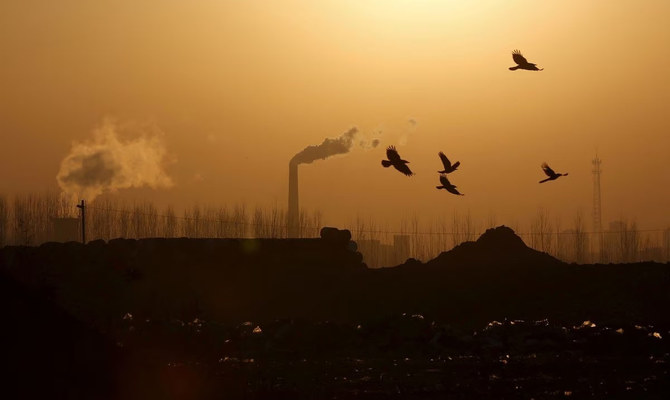Dr. Bashayer Al-Majed
It is probably not surprising that investments in low-carbon energy have rapidly increased and last year equaled the capital deployed in support of fossil fuel supply. It has been a long time coming. BloombergNEF last month reported a global spend on the low-carbon energy transition of $1.1 trillion in 2022, with half of this coming from China and much of the investment being spent on electric transport and green/renewable energy. All areas of low-carbon tech investment were up, apart from nuclear energy, which has remained flat for the obvious reasons of bad press regarding toxic waste disposal and the potential (despite the very low risk) for an accident.
There are three main issues pushing these changes. Firstly, the Ukraine war has reduced the reliable supply of gas and oil, thus bumping up prices. Secondly, the burning of fossil fuels creates high levels of pollution in areas of dense population. So, cities with lots of industry and lots of petrol and diesel vehicles can become highly contaminated with smog (ground-level ozone) and acid rain due to nitrogen oxides, hydrocarbons and carbon monoxide, which get breathed in and are toxic, causing respiratory diseases. This is a real problem for busy roads near schools and anywhere children play in outdoor playgrounds. The third issue driving change is, of course, climate change and the destruction of the planet’s ozone layer, which protects us from the sun’s heat and damaging ultraviolet rays. While, in some cases, fossil fuels may still be used to generate the electricity for electric-powered cars, buses and trains, and therefore may contribute to global warming, they do remove pollutants from densely populated areas. And although perpetual motion trains are a pipe dream, there are companies working on more fuel-efficient trains, such as Australia’s Fortescue mining company, which is developing the “Infinity Train.” This train recharges the engine’s battery as it travels downhill, ensuring minimal fuel requirement for the uphill return of an empty train. Of course, this technology is very location specific, but it could undoubtedly be recreated elsewhere.
This sudden influx of cash into green energy is vital, but still severely lacking if we are to reach the Paris Agreement’s targets to limit the serious effects of climate change. To achieve net-zero carbon emissions by 2050, global investments need to be closer to $4.5 trillion per year. China has a lot to lose due to its diverse geography, which will be hit by global warming in many ways. It also has five of the world’s top 10 megacities with some of the worst inner-city pollution, so its huge investment makes sense beyond it just being the first to market with new technologies and a profit-driven exercise. While it is the world’s No. 1 carbon dioxide emitter, producing a third of emissions, a large proportion of its emissions come from manufacturing for the rest of the world. India, which is ranked third (6 percent of global emissions), is in a similar position.
The US, ranked second, produces about 12 percent of the world’s carbon dioxide with a much smaller population. When comparing carbon dioxide emissions per capita, the Gulf states rank near the top, suggesting we need to contribute at a greater level. Saying that, each of the Gulf nations has a strategy in place to do just that. Considering the downturn in global fossil fuel investment, these strategies are urgently needed if the GCC states wish to maintain a strong economy. The Middle East is looking to green hydrogen as a means for energy storage and transport, but it will require investment in other means to generate the energy initially, such as wind, solar and hydropower. Green hydrogen attracted the least investment – $1 billion worldwide – although it is the fastest-growing sector. There is also a need for carbon capture technology development.
With the surge in electric car manufacture and use, part of the $466 billion invested in electrified transport last year will be needed to develop charging infrastructure, which is limited, and battery technology, as spent car batteries cost the user and the environment if not fully stripped and recycled. Interestingly, the growth in investment for the manufacture of clean-energy batteries has shot up to $45 billion, half of all manufacturing facilities’ investments. Overall, China is a shining example for the global community to follow in terms of developing green manufacturing and logistics to combat climate change. The rest of the world needs to follow suit, particularly the large carbon dioxide per capita emitters and large importers from China.







